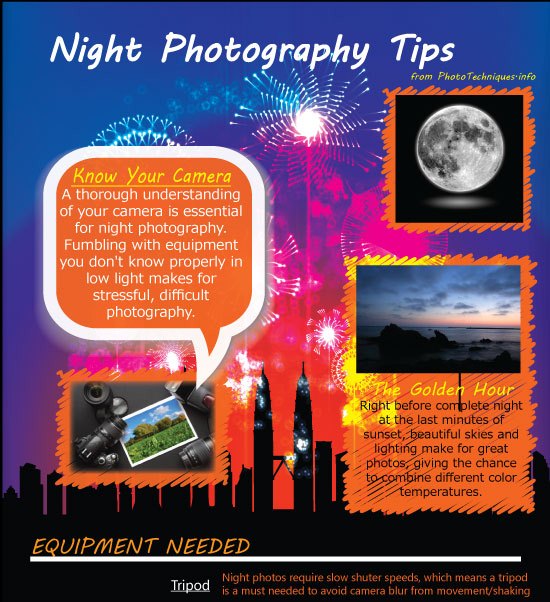What Every Professional Photographer Ought To Learn About Lights
What Every Professional Photographer Ought To Learn About Lights
Blog Article
Content Create By-Caldwell Covington
As a digital photographer, you understand that lights can make or break your photos. Recognizing the subtleties of both all-natural and fabricated light is important for catching the mood and quality you aim for in your work. Whether you're chasing after the best golden hour glow or fine-tuning your fabricated arrangements, grasping these aspects can boost your digital photography dramatically. However there are common pitfalls that lots of forget, and recognizing them can change your method to every shoot. Let's explore what you might be missing out on and exactly how it can affect your results.
Recognizing All-natural Light
Recognizing all-natural light is crucial for any digital photographer aiming to improve their job. It's the foundation of wonderful photography, affecting state of mind, tone, and quality. When you fire outdoors, pay attention to the moment of day. The golden hour-- shortly after daybreak and prior to sundown-- uses soft, warm light that can transform common scenes right into sensational photos.
Don't underestimate the power of overcast days. Cloud cover diffuses sunlight, producing a soft, even light that's excellent for pictures and macro photography. click web page 'll locate shades appear this kind of lights without severe darkness.
Placing https://telegra.ph/Exactly-How-To-Find-Your-One-Of-A-Kind-Design-As-A-Photographer-01-07 , as well. Constantly consider your topic's orientation to the light. If the sun's behind your subject, you may end up with a silhouette, which can be dramatic but mightn't be what you want. On https://writeablog.net/maryleecameron/checking-out-the-globe-through-the-lens-traveling-digital-photography , direct sunshine can develop unflattering shadows.
Trying out angles; often, transforming your point of view can yield remarkable outcomes. Usage all-natural reflectors, like water or sand, to bounce light onto your topic, adding dimension.
Learning Artificial Light
Grasping artificial light is vital for professional photographers who wish to take their skills to the next level. Whether you're utilizing speedlights, workshop strobes, or continuous lights, understanding exactly how to manipulate these sources can substantially enhance your pictures.
Begin by acquainting on your own with the fundamentals of light quality, instructions, and color temperature. Explore different modifiers like softboxes, umbrellas, or grids to manage the softness or cruelty of the light.
You'll discover that soft light typically produces flattering results, while harsher light can include drama and deepness. Do not shy away from shadows; they can improve the three-dimensionality of your subjects.
Pay attention to the placement of your lights. A light positioned also near to your subject can create unflattering results, while also far can bring about an absence of detail. Utilize a light meter or your camera's pie chart to ensure you're exposing appropriately.
Finally, bear in mind that synthetic light can be mixed with ambient light for innovative impacts. Stabilizing these resources may take practice, but once you understand it, your photography will truly beam.
Methods for Different Situations
When you step into various shooting situations, adjusting your illumination strategies is vital for catching the very best photos. For outside portraits, make use of the golden hour-- morning or late afternoon light-- to soften darkness and improve skin tones.
If it's a severe lunchtime sun, think about using a reflector to jump light back onto your subject or seek shaded areas for a more also direct exposure.
In low-light situations, like indoor occasions, raise your ISO and use a large aperture to let in even more light. A tripod can assist remove video camera shake, enabling longer exposures without blurring.
If you're shooting at night, try out off-camera flash to produce vibrant lights and deepness in your images.
For item digital photography, make use of diffused lights to stay clear of severe representations. Softboxes or light tents can assist attain this impact.
When photographing landscapes, take into consideration the direction of light and time of day, as it can dramatically alter the mood of your shot.
Constantly prepare to adjust your setups and placing based on the circumstance, as flexibility is key to grasping lights in digital photography.
Verdict
In conclusion, grasping lights is vital to elevating your photography abilities. Welcome all-natural light's appeal throughout golden hour, and do not avoid trying out artificial light strategies. By adjusting your approach to different situations, you'll record sensational photos that reverberate with feeling and quality. Keep in mind, the right illumination can change a common shot into something extraordinary, so keep exercising and improving your understanding of both all-natural and synthetic light. Pleased shooting!
